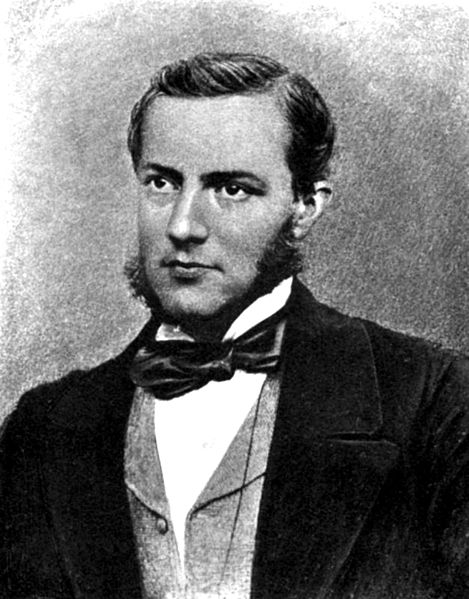Mircea Eliade was a Romanian historian of religion, fiction writer, philosopher, and professor at the University of Chicago. One of the most influential scholars of religion of the 20th century and interpreter of religious experience, he established paradigms in religious studies that persist to this day. His theory that hierophanies form the basis of religion, splitting the human experience of reality into sacred and profane space and time, has proved influential. One of his most instrumental contributions to religious studies was his theory of eternal return, which holds that myths and rituals do not simply commemorate hierophanies, but actually participate in them.
Eliade in 1933
Eliade's home in Bucharest (1934–1940)
Eliade's grave at Oak Woods Cemetery
Moses taking off his shoes in front of the burning bush (illustration from a 16th-century edition of the Speculum Humanae Salvationis).
Religious studies, also known as the study of religion, is the scientific study of religion. There is no consensus on what qualifies as religion and its definition is highly contested. It describes, compares, interprets, and explains religion, emphasizing empirical, historically based, and cross-cultural perspectives.
Totem poles reflect the beliefs of the Indigenous peoples of the Pacific Northwest Coast; some scholars of religious studies argue that the term "religion" is too Western-centric to encompass the beliefs and practices of non-Western civilizations.
Max Müller; the first professor of comparative philology at Oxford University and author of Introduction to the Science of Religion.






